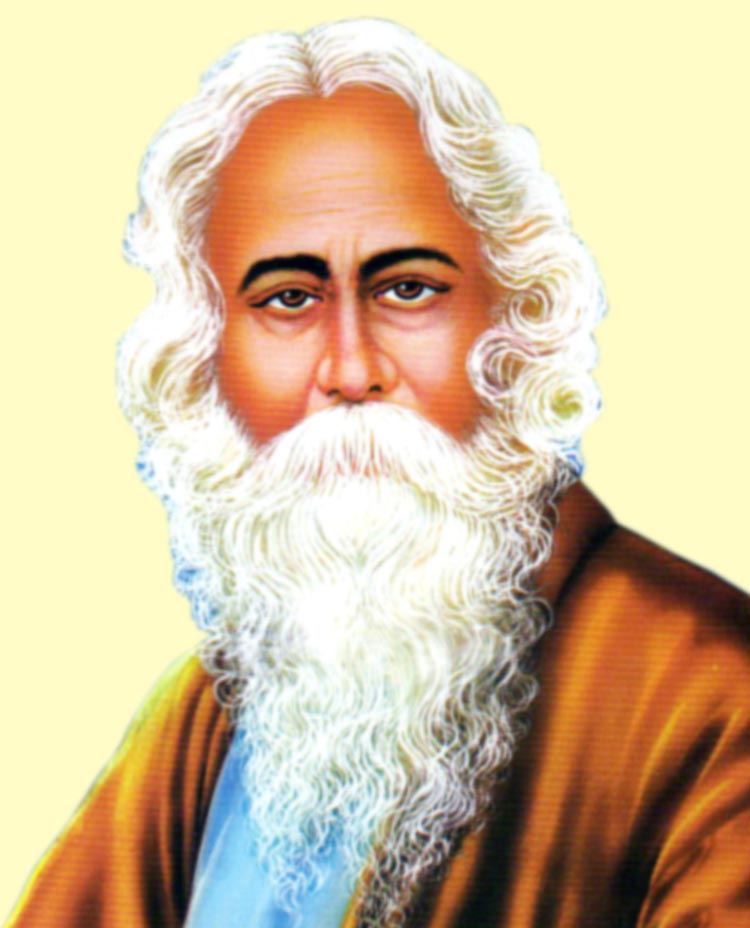And here's another bit of evidence from history to put on the table for discussion.
In "The Wooden Plane" page 34, John Whelan described the tapered form of bench plane irons and wrote:
"The wedge shape may have originated as a natural result of welding the steel tip to the body and dressing the final product, but it does have the advantage of resisting the thrust of the work better. A patent by William Harvey (10 Mar 1830 restored US 5867X) describes running steel and iron blanks through eccentric rolls to produce this taper."
I didn't look at this patent at first, as I was looking for evidence of welding long strips of iron and steel to make multiple irons, but I've now had a proper look and found this. Before introducing his improvement - the use of eccentric rollers to make the taper - he describes current practice:
"In forming or producing the moulds for my plane irons, up to the point where my improvement commences, I take the following method. I weld the steel on to large bars of iron and roll them into plates, the steel being applied to the whole length of the plate. I then cut the plate crosswise into pieces of suitable width for plane irons."
He then goes on to describe his method of tapering by rolling rather than hammering.
There are no drawings and the patent is handwritten - the whole thing is here
https://www.google.com/patents/USX5867
This must be the source of Whelan's statement in his other book.
And there is also this earlier patent, from Charles West, in 1827, claiming the idea of the combination of long strips of iron and steel, rolled out and chopped across to make individual irons
https://www.google.com/patents/USX4632
So, I tentatively reckon we have at least three methods of production of composite or laminated plane irons. I expect the old methods continued even after newer ones had been devised.
1 The original fire welding and hand forging, as demonstrated by Peter Ross in the axemaking videos.
2 Welding of bigger pieces and cutting out individual irons as described here, in the early 19th century.
3 Casting on, in the 20th century.









